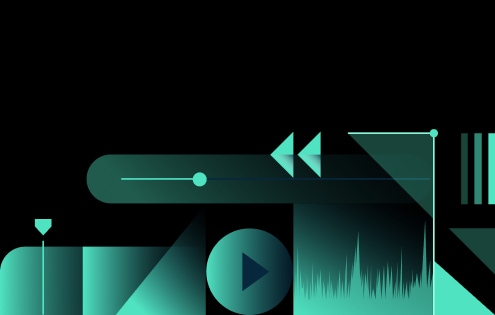In this article
Understanding Dutch Angle
The Dutch camera angle is designed to tilt reality and give us a sense of unease, tension, and disorientation. Not everything in life is in a straight line, and we rarely look at the world with our eyesight parallel to the horizon. Instead, we shift our focus, look at things from different angles and perspectives, and examine the situation from various angles. That's what the Dutch angle is designed to do. Instead of recording everything in a straight line, it tilts everything a bit.
Let's learn more about the Dutch angle and see why this is the case.
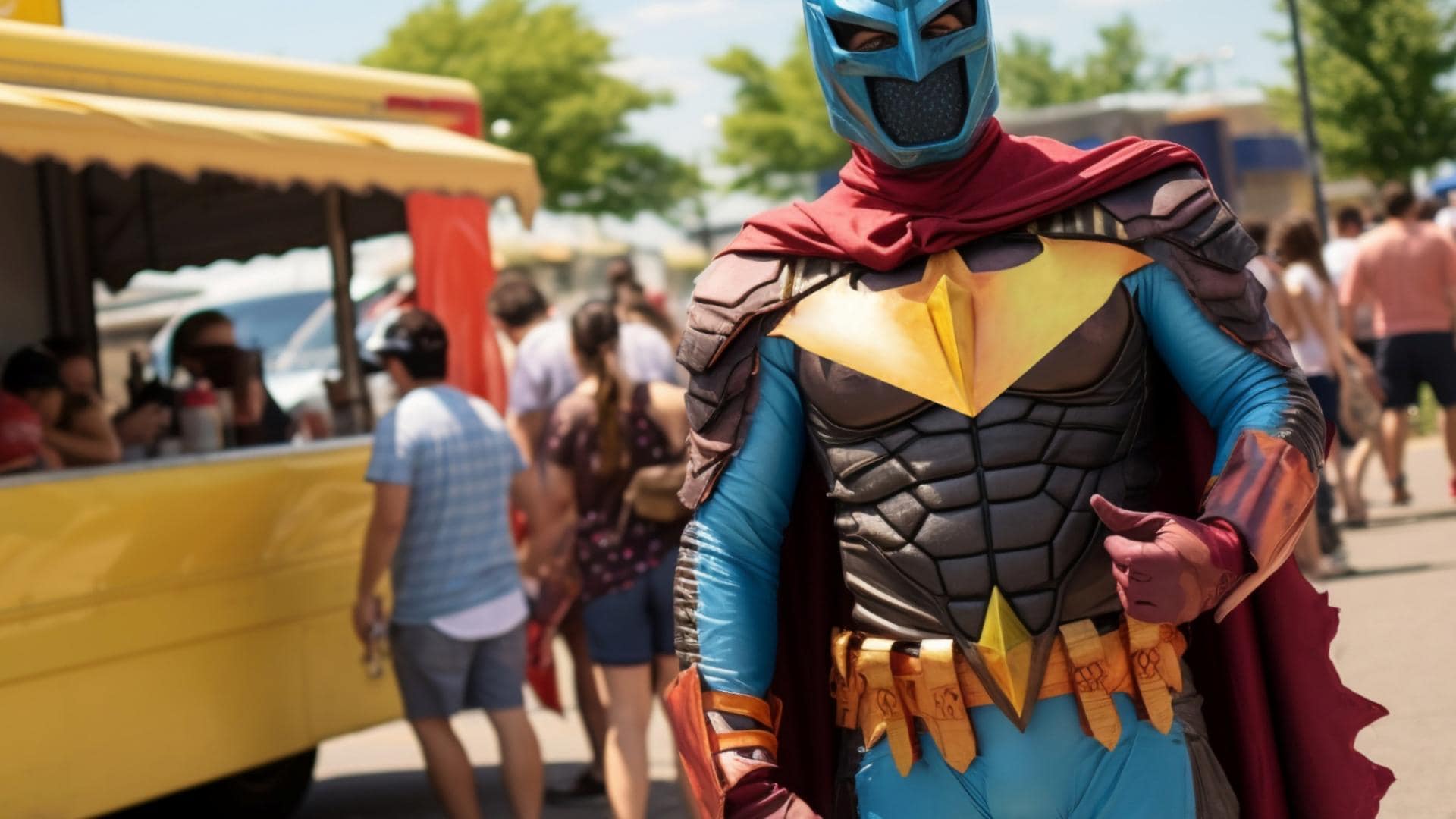
The Dutch angle is a recording technique in which the camera is tilted sideways, causing the horizontal line to slant. When you record in this way, you somehow create a visually dynamic and disorienting effect. The result usually conveys tension, unease, and confusion, but can also be used to highlight mental instabilities. Very common in action scenes, but even more common in thrillers and horror films, the Dutch angle has become a staple of filmmaking.
By tilting the camera to either side just a little, you can tell the audience that something is not right without even needing a word of dialogue, making this a very creative and versatile film and video editing technique.
What are The Top Three Visual Characteristics of the Dutch Angle Camera?
If we break down the Dutch camera angle technique, we will understand that it consists of three main visual components.
-
Tilted Horizon Line: The camera rotates around the lens axis, and the picture is not on the horizon level.
-
Distorted Perspective: The subject position remains unchanged, but the visual experience undergoes significant changes. Just tilt the camera while recording to get that disorienting and distorted perspective.
-
Dynamic Diagonal Composition: If you are planning to shoot with a Dutch angle, you can shift from horizontal scene compositions, which are usually symmetrical, to a more dynamic diagonal composition, where you have more room to show off your artistic side.
Dutch Angle vs. Other Camera Shots
| Camera Shot Type | Short Description | Purpose/Emotion |
| Dutch Angle | A tilted frame with a slanted horizontal line | Unease, tension, disorientation |
| Eye-level Shot | The camera is aligned with the subject's eyes | Neutrality, realism, relatability |
| High Angle Shot | The camera looks down on the subject | Vulnerability, weakness, inferiority |
| Low Angle Shot | The camera looks up at the subject | Power, dominance, intimidation |
| Handheld Shot | Features unsteady, shaky camera movement | Urgency, chaos, realism |
When and Where is the Dutch Angle Most Applicable?
The Dutch angle has many benefits. It helps you enhance the visual tension, suggest a psychological imbalance, and create dynamic, artistic, and stylized compositions without a single word of dialogue. Let's consider when and where to use it.
Top 3 Genre-Specific Applications of the Dutch Angle
You can use the Dutch angle in many types of videos, but these three genres are the most common because this technique actually serves the story.
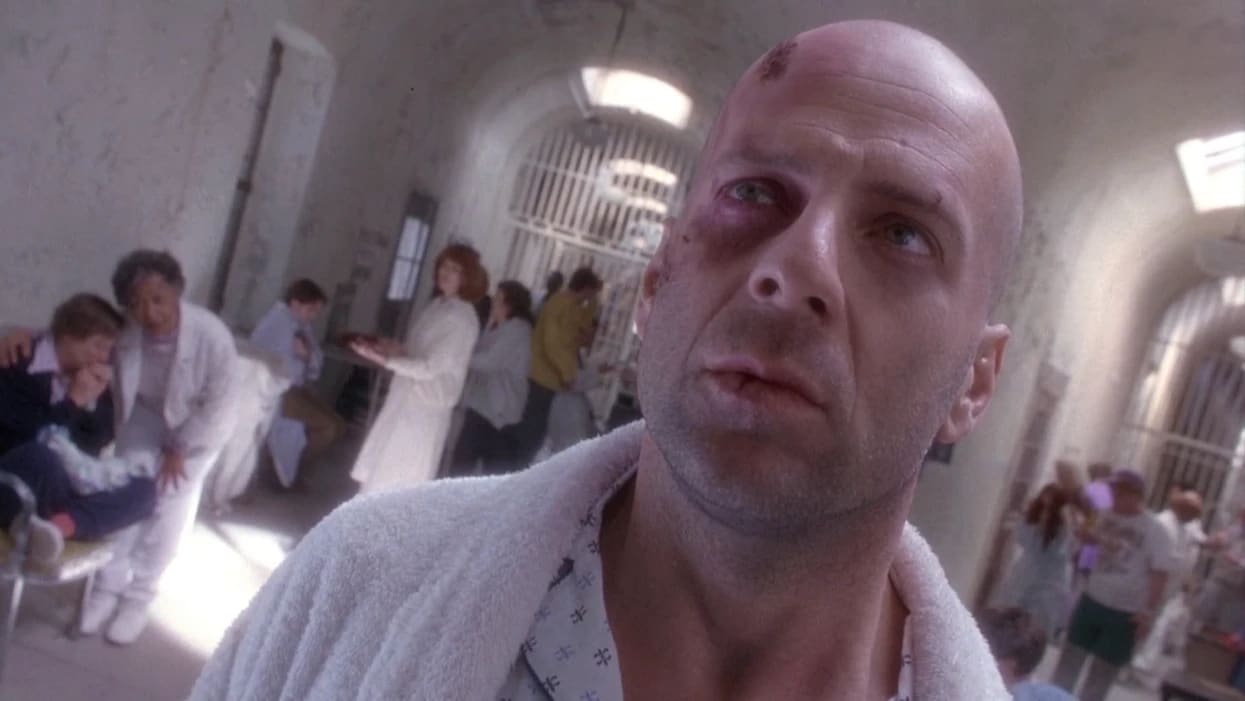
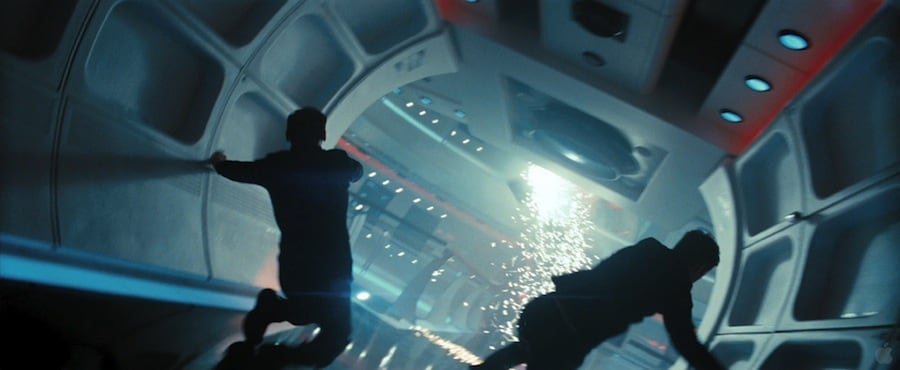
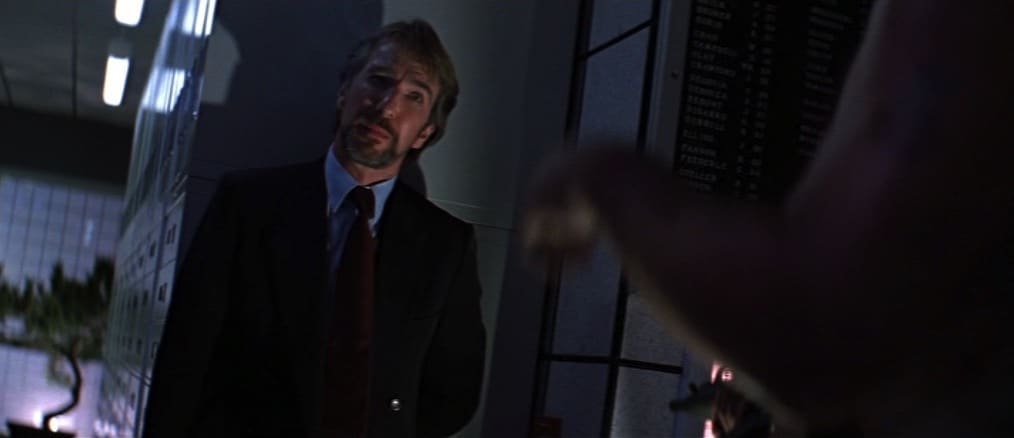
A Couple of Artistic Considerations Concerning the Dutch Angle
An Easy Tutorial To Apply the Dutch Angle
If you are working on a film, series, or short video, you want an easy tool that gives you the freedom to express your artistic side. Filmora is the best option for you to apply the Dutch angle to already recorded videos.
A Step-by-Step Guide to Creating a Dutch Angle in Filmora
Download and install it on your device today. Open the program and create a new project. When you're done with that, follow the steps below to add the Dutch angle to your video.
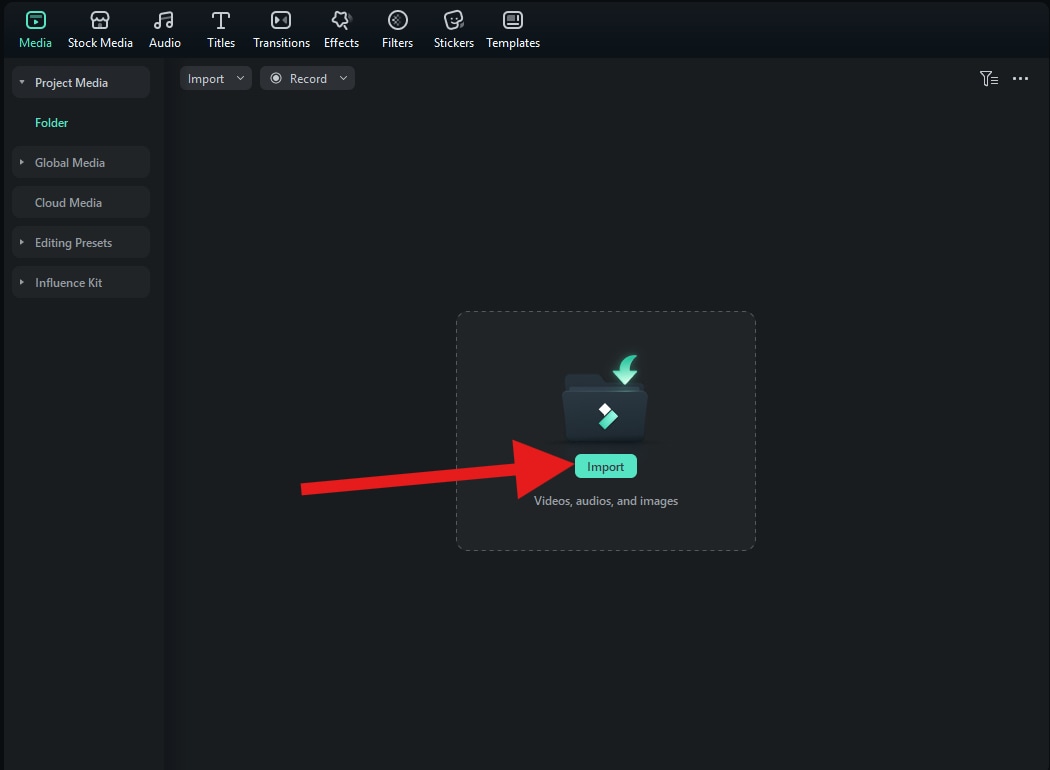
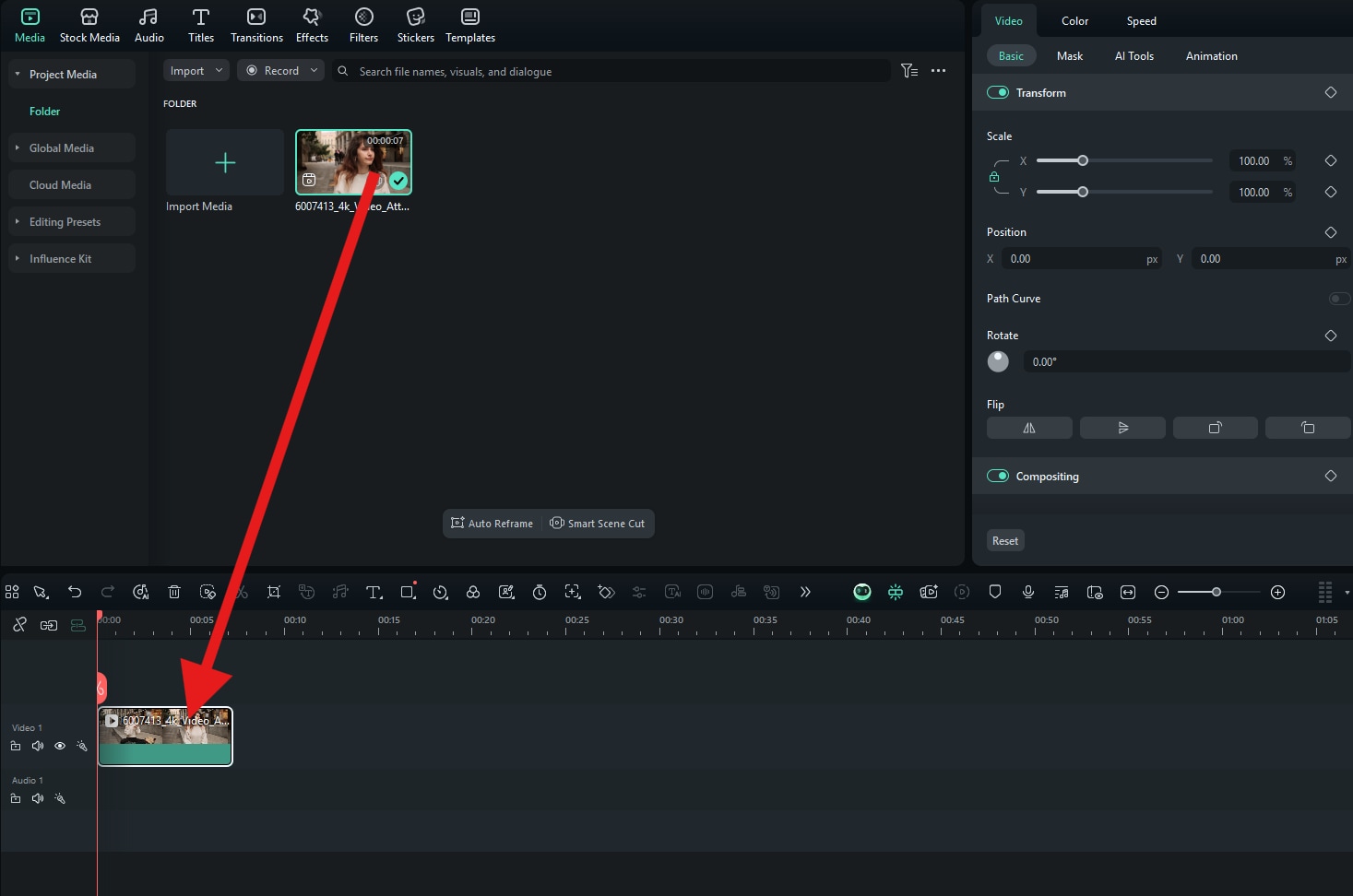
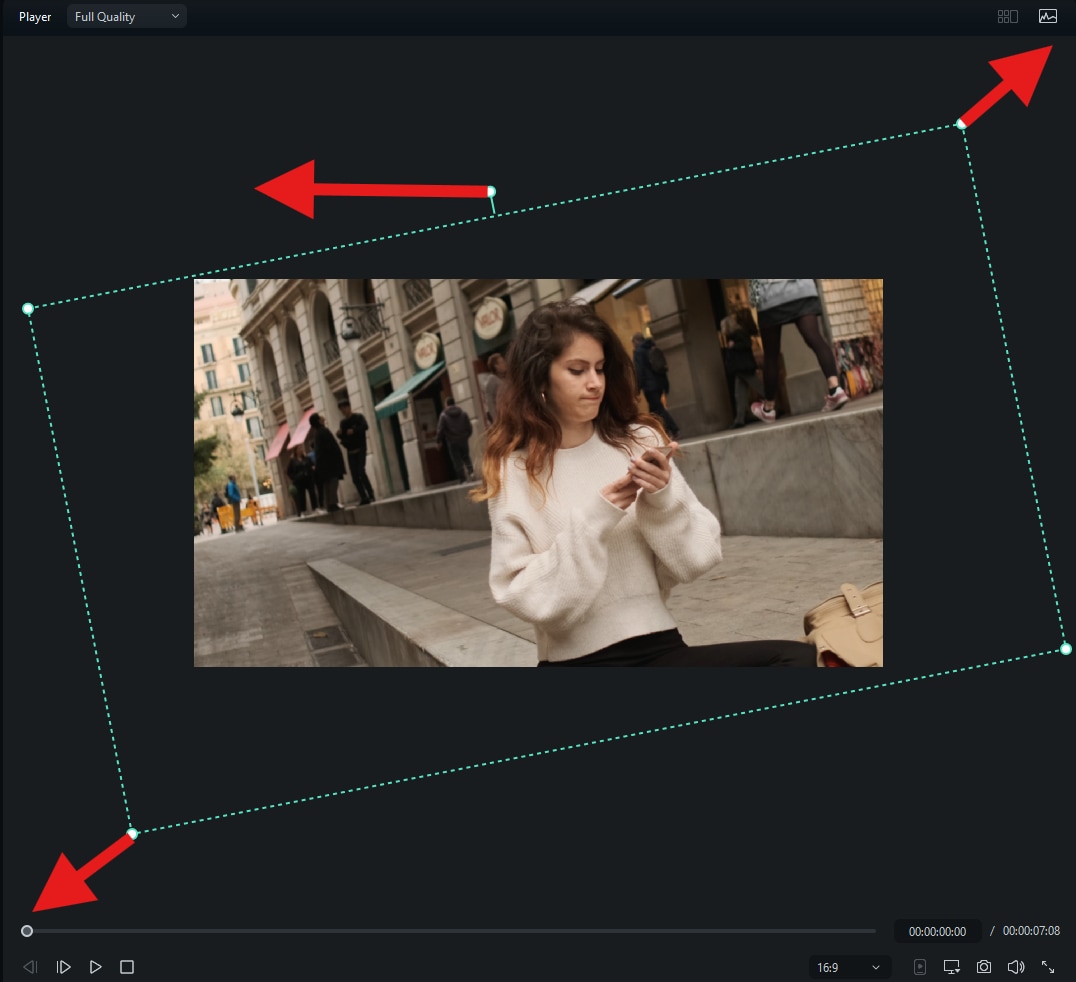
Check out the comparison. The original video is on the left, and the Dutch angle video is on the right.
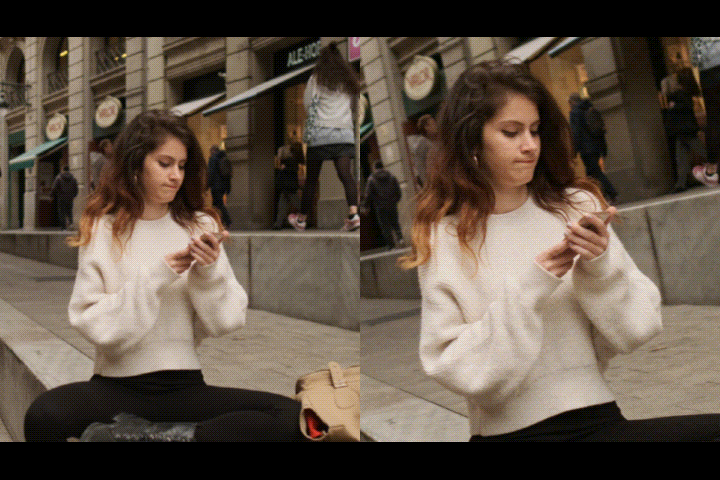
Combine Dutch Angel and Other Creative Techniques
Here are three cool techniques that complement the Dutch angle.
- Combine the Dutch Angel with Slow Motion: Your footage, recorded or edited to tilt reality, can be enhanced with the slow motion effect. Slowing down time gives the audience more space to appreciate the scene composition and get involved with the story. It also gives them more time to adjust to the tilted camera angle. Here's an example of a person walking through the forest in slow motion with the Dutch angle.
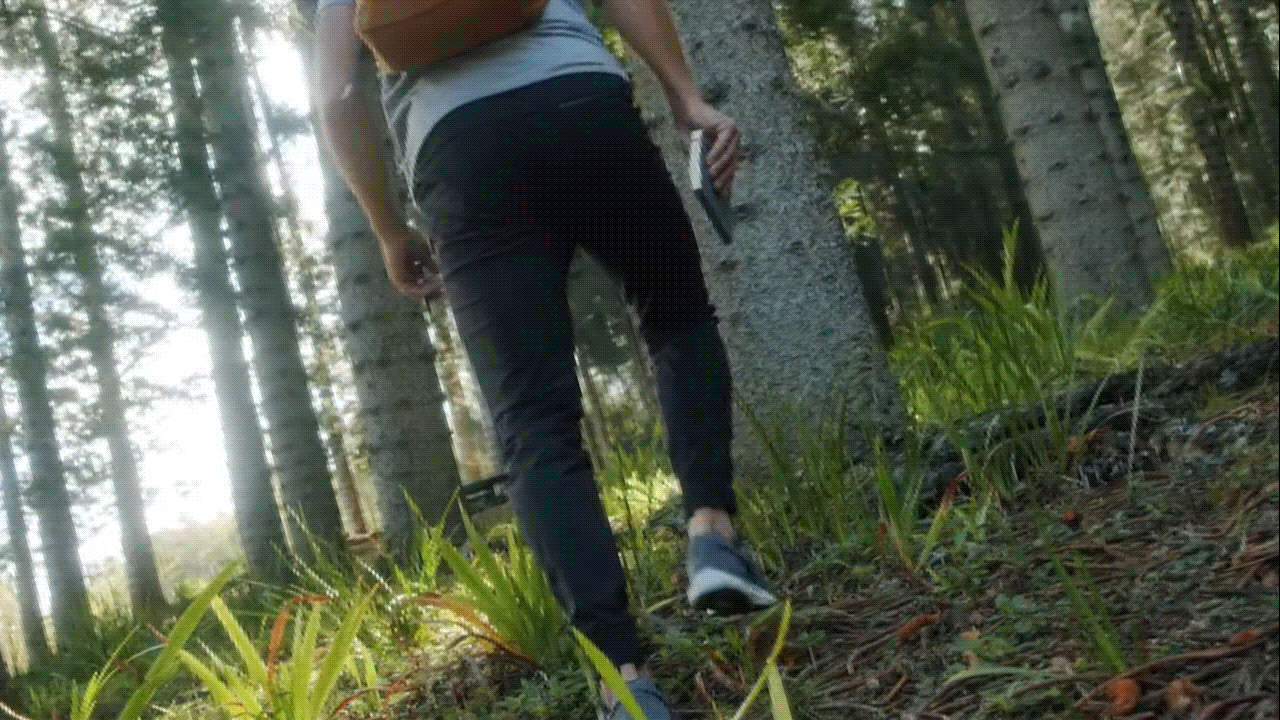
- Add Intense Sound Effects to Dutch Angel Footage: The Dutch angle is usually used to make everything feel a bit weird, and if you pair that with excellent sound design and effects, you will get a better and more intense result. A perfect example of combining a tilted camera angle with stunning sound comes from the movie Inception, directed by the very ambitious Christopher Nolan, and executed ideally.
- Combine the Dutch Angle with Camera Shakes or Motion Blurs: A tilted reality can be combined with the blur effect, and if you have a skilled operator behind the camera, they can also use the over-the-shoulder filming technique to introduce camera shakes, zooms, and other manual camera effects. A great example here is the duel scene from the 1995 movie The Quick and the Dead. You will see the Dutch angle combined with camera shakes, zooms, and several other techniques.
Pay Attention and Avoid These Common Issues with the Dutch Angle
New film directors want to be bold, and they end up using the Dutch angle too often. Using Dutch angles too frequently can make your video feel gimmicky or visually exhausting.
Use it in scenarios where it can actually help convey the meaning of the story and put the viewers in the right state of mind to make them feel uneasy before something horrific happens on screen.
If you tilt the camera too much, viewers might feel disoriented, and they will not be able to understand the location in which the scene is taking place or tell whether the character is moving forward or backward.
You should not go over 45 degrees, unless you want to use such an effect because it fits your story purposefully, to keep viewer retention and appreciation at high levels.


